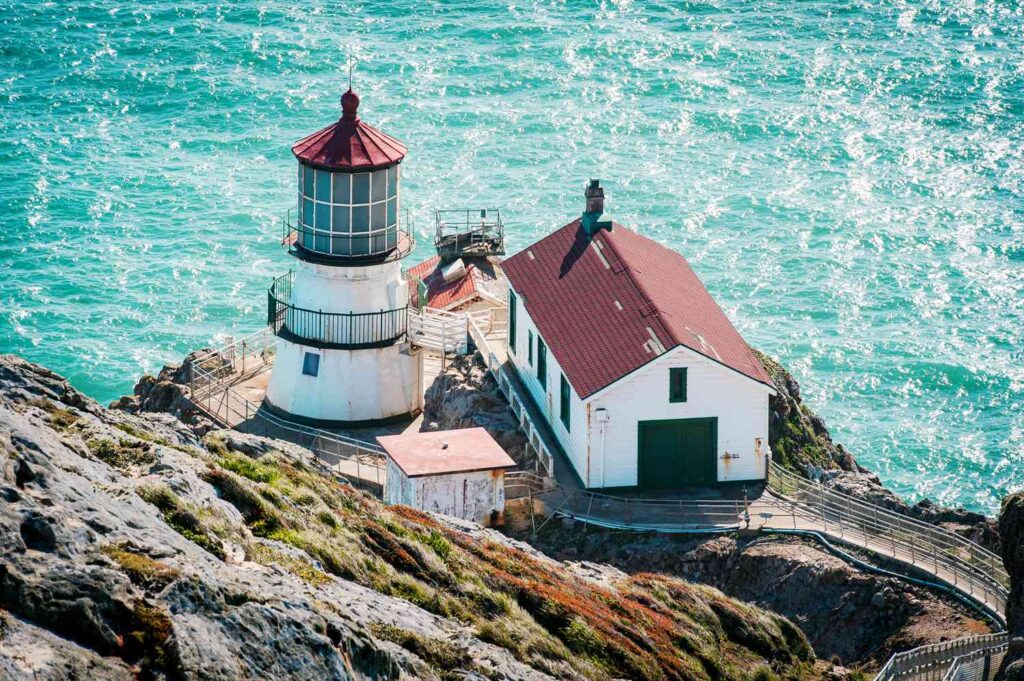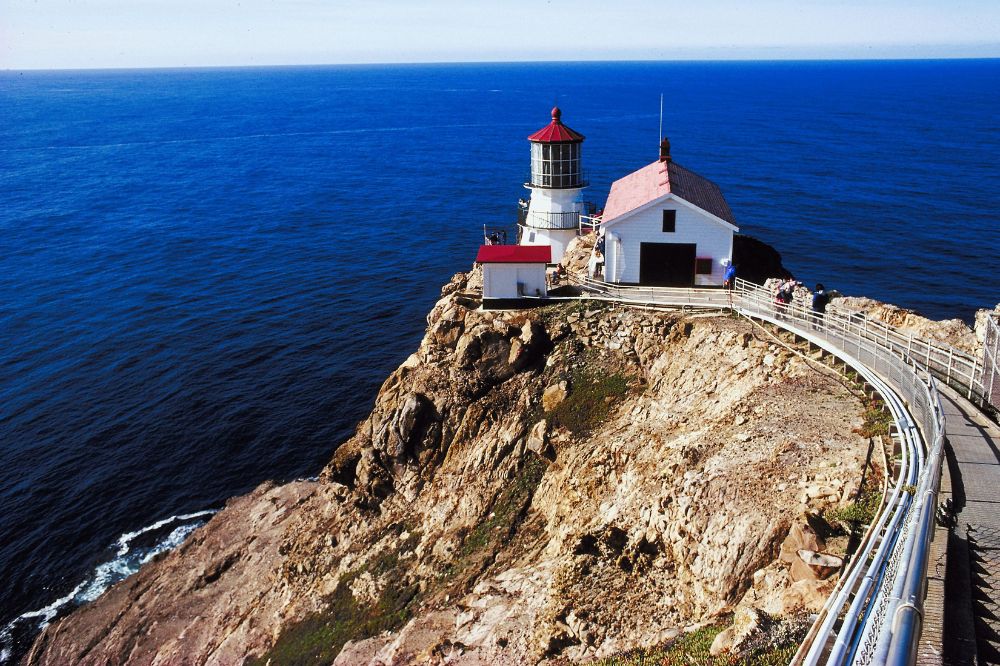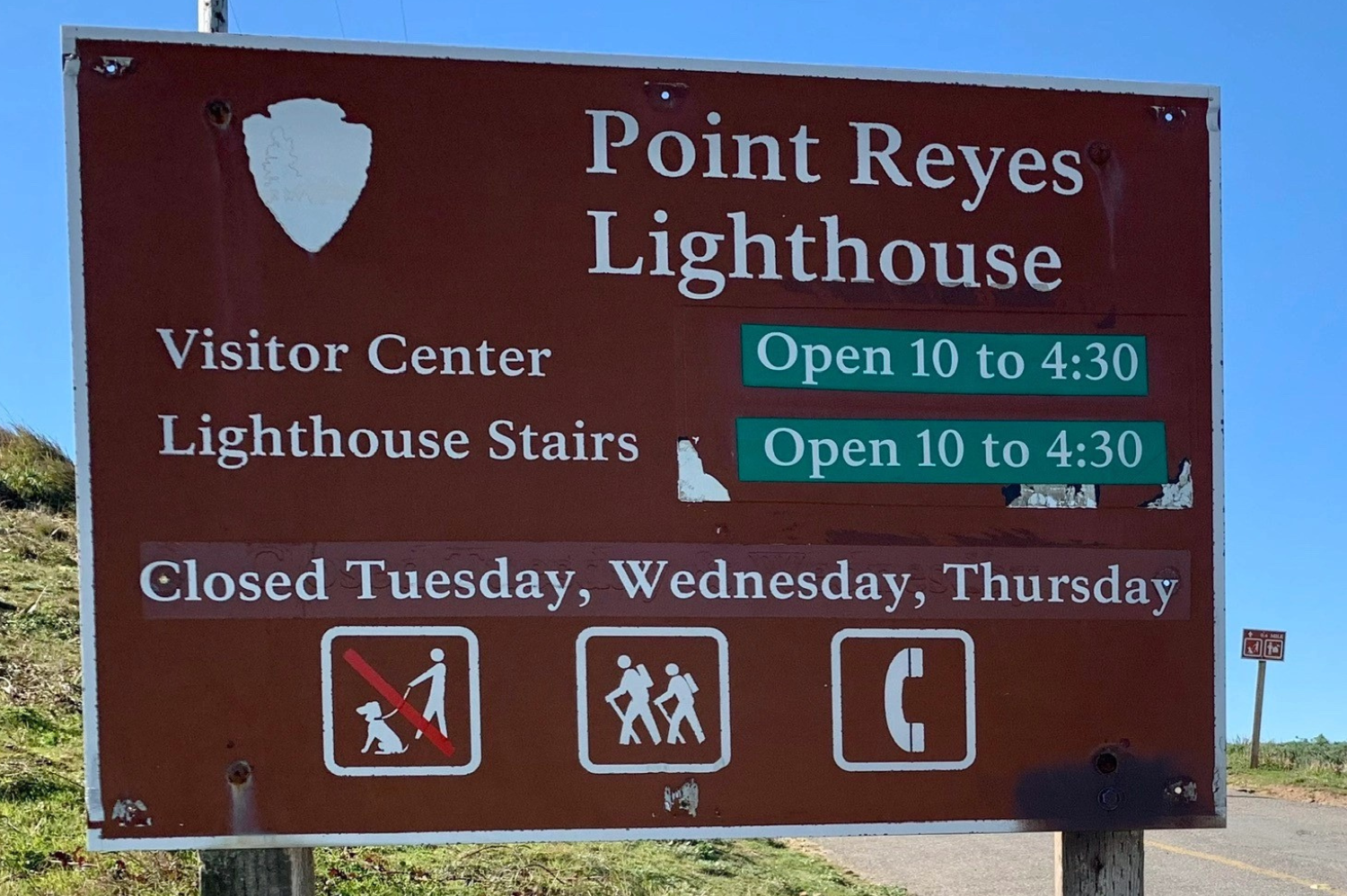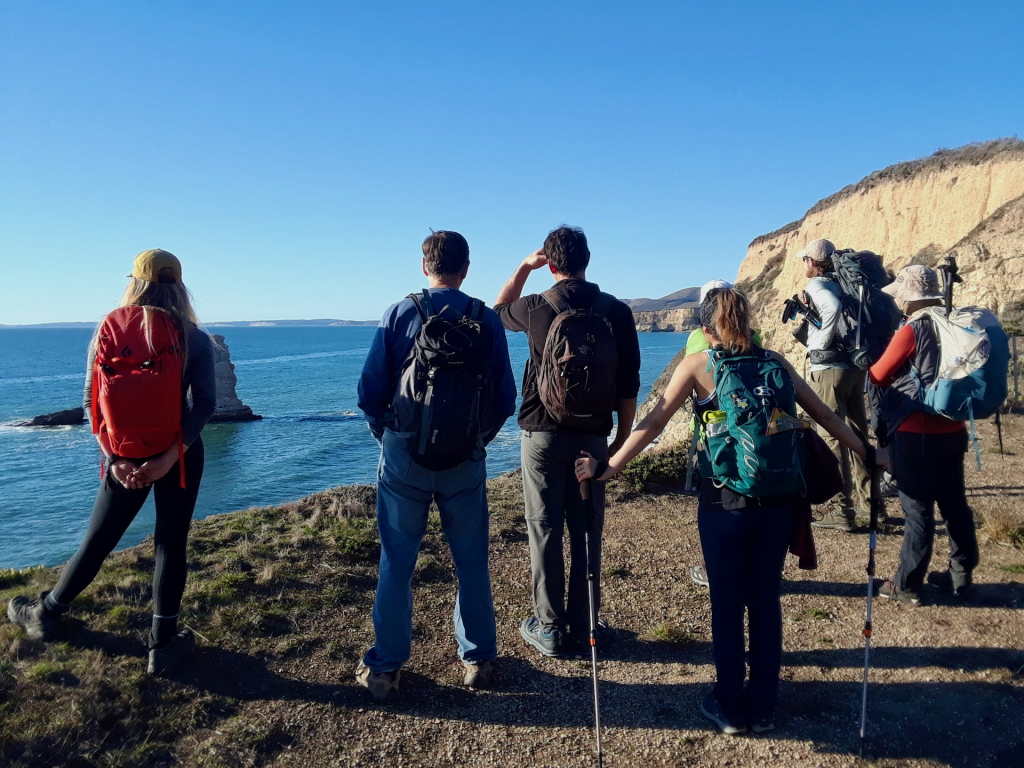

Point Reyes National Seashore is located in Marin County, California, along the Pacific coast. It is situated approximately 30 miles (48 kilometers) northwest of San Francisco.


Point Reyes National Seashore was established in 1962 by President John F. Kennedy.


Point Reyes National Seashore was not "invented" by a single individual. It was established as a national seashore by the U.S. Congress in 1962 to preserve and protect the unique coastal environment, wildlife, and cultural resources of the Point Reyes Peninsula.

Point Reyes National Seashore is named after Point Reyes, which is a prominent cape on the coast of California's Marin County. The name "Point Reyes" is derived from the Spanish term "Punta de los Reyes," meaning "Point of the Kings." The area was named by Spanish explorers in honor of the Three Wise Men or the Three Kings. The "National Seashore" designation emphasizes its status as a protected area managed by the National Park Service to preserve its natural and cultural significance.


Point Reyes National Seashore offers a variety of hiking trails that cater to hikers of all skill levels, making it an ideal destination for hiking lovers. Here are some reasons why hikers enjoy visiting Point Reyes:
Diverse Scenery: The park boasts a diverse landscape, including coastal cliffs, sandy beaches, dense forests, and rolling hills. Hikers can enjoy breathtaking ocean views, explore secluded beaches, and wander through lush forests during their hikes.
Wildlife Viewing: Point Reyes is home to a rich variety of wildlife, including tule elk, deer, foxes, and numerous bird species. Hikers have the opportunity to observe wildlife in their natural habitats while exploring the park's trails.
Trail Variety: The park offers a range of hiking trails, from short, easy walks to challenging long-distance treks. Whether you're looking for a leisurely stroll or a strenuous hike, you can find a trail that suits your preferences and fitness level.
Point Reyes Lighthouse: The historic Point Reyes Lighthouse is a popular attraction within the park. Hikers can trek down the steps to the lighthouse, enjoying panoramic views of the coastline along the way.
Coastal Access: With over 80 miles of coastline, Point Reyes provides hikers with access to stunning coastal scenery. The park's coastal trails offer opportunities to explore tide pools, spot migrating whales (seasonally), and witness dramatic ocean waves crashing against the cliffs.
Overall, Point Reyes National Seashore offers hiking enthusiasts a chance to immerse themselves in nature, explore diverse landscapes, and experience the beauty of California's coastline firsthand.





Point Reyes National Seashore is a great destination for hiking throughout the year, thanks to its mild coastal climate. However, the best time to visit for hiking may vary based on personal preferences and specific trail conditions. Here's a general overview of hiking conditions throughout the year at Point Reyes:
Spring (March - May): Spring is a beautiful time to visit Point Reyes, with wildflowers blooming across the landscape. The weather is mild, making it an excellent season for hiking. Trails can be lush and green, and wildlife activity increases during this time.
Summer (June - August): Summer brings warmer temperatures to Point Reyes, making it a popular time for coastal hikes and beach visits. Fog can be common, especially in the mornings and evenings, providing a mystical atmosphere along the coast.
Fall (September - November): Fall offers pleasant hiking conditions with cooler temperatures than summer. The park's foliage begins to change color, creating a picturesque backdrop for hiking. Wildlife viewing opportunities continue to be abundant during this season.
Winter (December - February): Winter can be a quieter time to visit Point Reyes, with fewer crowds on the trails. While the weather can be cooler and wetter, many trails remain accessible and offer a different perspective of the park's beauty. The winter months can be an excellent time for birdwatching and spotting migrating whales offshore.
It's always a good idea to check the current trail conditions and weather forecasts before heading out for a hike, as conditions can change rapidly, especially during the winter months. Additionally, some trails or areas of the park may be temporarily closed due to maintenance, wildlife protection, or other reasons.